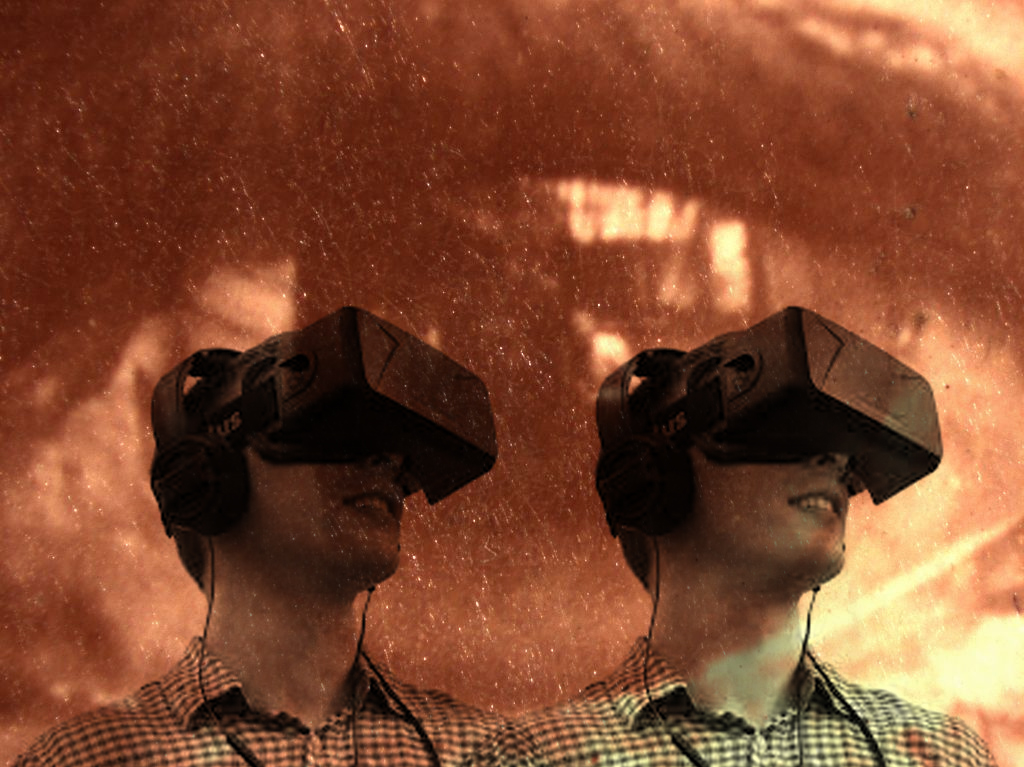Legendary filmmaker Steven Spielberg warns Virtual Reality (VR) technology could be ‘dangerous’ for filmmaking. “The only reason I say it is dangerous is because it gives the viewer a lot of latitude not to take direction from the storytellers but make their own choices of where to look. I just hope it doesn’t forget the story when it starts enveloping us in a world that we can see all around us and make our own choices to look at.” Ironically, Spielberg went on to make “Ready Player One”, a US582m box office hit based on Ernest Cline’s bestseller novel of the same name. The sci-fi action adventure film’s premise is set in 2045, when the world faces the brink of chaos and collapse and the people finds salvation in an expansive virtual reality universe called the OASIS.
Another A-list filmmaker Ridley Scott who worked on a VR short film believes that VR is too good to miss out on, “You’ve got to, you’d be stupid not to”. He launched RSA VR, a new division of RSA Films which he co-founded to focus on the creative development and production of immersive media for VR, Augmented Reality (AR) and Mixed Media productions.
Regardless of the disparity in views, Hollywood is abuzz with VR where many famous studios like Lionsgate, Warner Brothers, Disney, 20th Century and notable filmmakers are investing and trying out the technology, all aiming to find a breakthrough in VR storytelling and setting the benchmark.
According to Purple Pill a VR technology pioneer, Cinematic VR is defined as ‘a branch of virtual reality that covers high-quality, 360° 3D video experiences, preferably with Ambisonic audio, and possibly with interactive elements.’ This term is even used by the world’s leading Hollywood VR technology provider, Jaunt when describing VR films. However, there is the on-going debate among critics and creators surrounding Cinematic VR’s definition as a true VR medium. This is because Cinematic VR of 2D or 3D stereographic format offers audiences the 360° experience but the story is unchangeable. The story events are pre-scripted and it lacks the necessary degree of interactivity and depth to be called true VR. The true VR purists claim that a true VR film must have interactivity that allows the audience to alter the story’s plot and even receive haptic feedback from the VR environment. To counter, the 360° apologists insists that though their story is fixed, the immersive experience of their environments and the realism achieved does earn true VR rights and what matters most is to ensure that the audiences perceive a seamless sensory of the story environment.
Despite the semantics battle, numerous A-list Hollywood filmmakers, Visual Effects (VFX) artists and technology pioneers are collaborating to create the ultimate Cinematic VR that would be the gold standard of the industry. Leading the charge are The VR Company – founded by multi Academy Award winners, Hollywood veterans and advised by Steven Spielberg among others; Here Be Dragons and Within – an Emmy Award, Cannes Lions, Grand Prixes, Palm d’Ors, AICP, D&AD, One Show, ADC, Tony, Webby Awards and a Grammy winning production studio; and Oculus Story Studio – a division of Oculus VR, founded by Pixar veterans.
“I made this movie to make people feel really good. I felt like I was in the audience directing, with the audience collaborating with me on how to give them what they wanted and needed.”
That is of course an exhaustive list as more and more incredibly innovative studios are emerging to stake their claim of being the next VR storytelling leader. Regardless of the incredible interest vested into VR as the next revolution of film, all the luminary filmmakers, producers, artists, scriptwriters and technologists still haven’t been able to crack the code to unlocking Cinematic VR Audience Experience (AX). Perhaps every one of them is looking at a different perspective than that of the audience. If indeed films were made for the audiences, certainly Cinematic VR would have the same objective.
Spielberg declared when making ‘Ready Player One’, “I made this movie to make people feel really good. I felt like I was in the audience directing, with the audience collaborating with me on how to give them what they wanted and needed.”
Director Steven Spielberg at the premiere of “Ready Player One” in Los Angeles, California, U.S., March 26, 2018. Credit: REUTERS/Mario Anzuoni
Mike Choong is the current Bachelor of Design (Hons) Creative Media (BDCM) Programme Director. He has been in the academic and creative industries for 2 decades which involved leading the creative multimedia faculty in a pioneer university for creative technology, a Chief Operating Officer in a college owned by the advertising industry association, the Head of Business Development for Valve Corporation’s (South East Asia) education technology development partner, a Managing Director for 3D animation startup studio and a Technopreneur Association of Malaysia’s (TeAM) council member. He has also taught in many of the leading art and design colleges in the country. His current passion is in education technology, particularly on how virtual, augmented and mixed reality technologies could change the way we learn and collaborate remotely for work and research. Mike’s training was in Graphic Design and Creative Multimedia. His specialization is in interactive narrative for games and video production.

